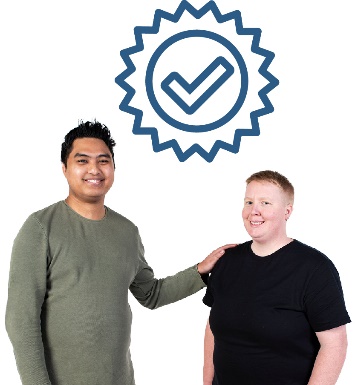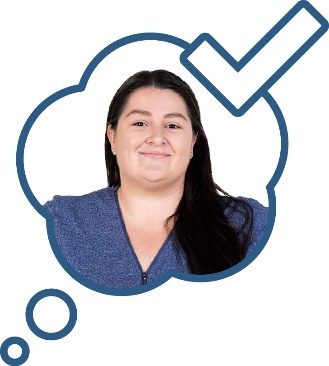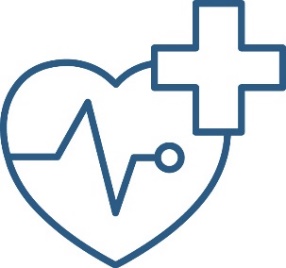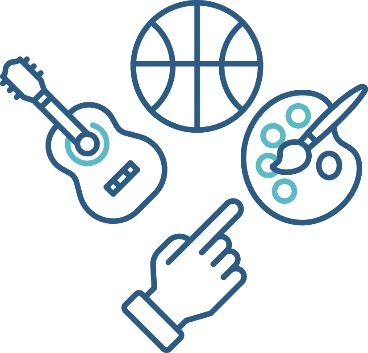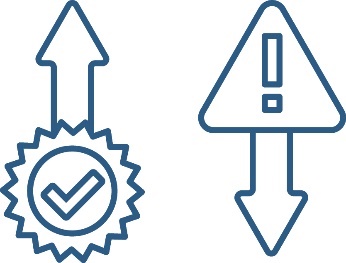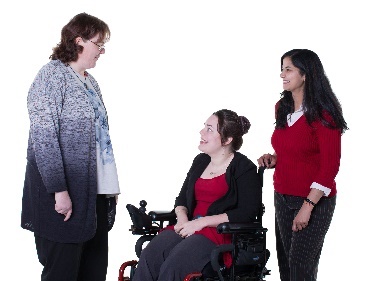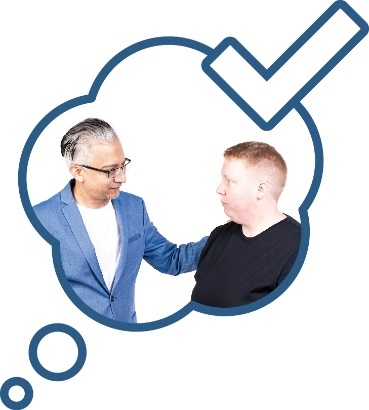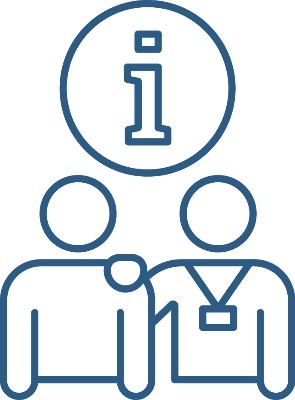How to provide high-quality care and support
|
|
In this bulletin, we also look at how to provide high-quality care and support to improve a person’s life. |
|
|
There are 3 things that can affect:
|
|
|
These include:
|
|
|
Providers should think about these things to understand:
|
This means they can support the person to: |
|
|
|
|
|
|
|
|
|
|
|
|
For example, choosing which activities they want to take part in. |
|
|
When a person receives high-quality care and support, they are less likely to have behaviours of concern. |
|
|
This means providers might not need to use restrictive practices with the person. |
|
|
Providers should also make sure they work closely with:
|
|
|
Providers can support other important people to understand:
|
|
|
This might include giving them information and training. |
|
In our next bulletin, we’ll look at another of the 12 ideas from the positive behaviour support research. |
|
|
|
The next idea is about how to collect information about a person with disability to understand what support they need. |
